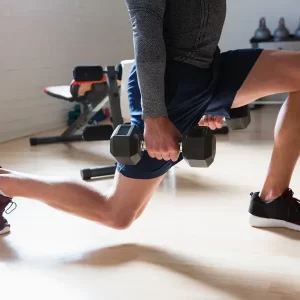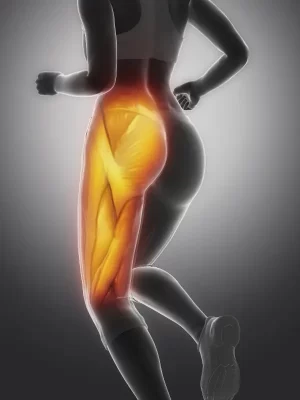
3 Strategies For Strength Training For Patellofemoral Pain Syndrome
Home > Patellofemoral Pain Syndrome > 3 Strategies For Strength Training For Patellofemoral Pain Syndrome

Post A Comment
Cancel Reply
This site uses Akismet to reduce spam. Learn how your comment data is processed.





No Comments